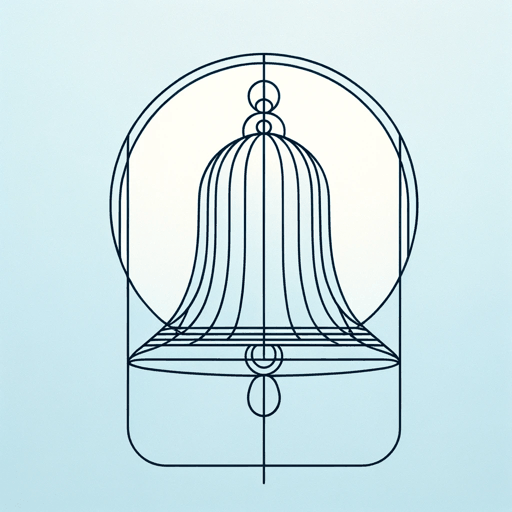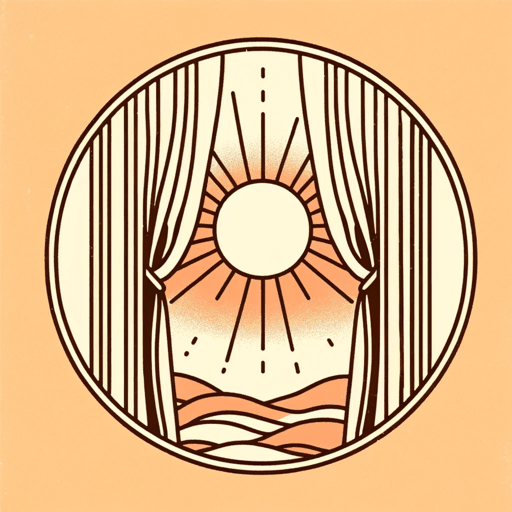21 pages • 42 minutes read
John DonneA Valediction: Forbidding Mourning
Fiction | Poem | Adult | Published in 1633A modern alternative to SparkNotes and CliffsNotes, SuperSummary offers high-quality Study Guides with detailed chapter summaries and analysis of major themes, characters, and more.
Literary Devices
Form and Meter
An effective way to think about meter in a poem is to consider its “measure.” This means that any poem in which the line length can be measured by counting syllables, stresses, or both, is metrical. The four basic meters in English poetry are iambic (a single foot is an iamb), trochaic (a single foot is a trochee), anapestic (a single foot is an anapest), and dactylic (a single foot is a dactyl). A line four feet long in iambic meter is called iambic tetrameter. John Donne’s poem, “A Valediction: Forbidding Mourning” is written predominantly in iambic tetrameter, meaning each line contains four iambic feet. Following iambic pentameter, this meter is the most common meter in English language poetry.
Consider the following scan of a few lines from the poem’s first stanza to illustrate the ways meter and syllabic stresses are functioning in the poem:
And WHISper TO their SOULS to GO, iambic tetrameter
Whilst SOME of THEIR sad FRIENDS do SAY iambic tetrameter
The BREATH goes NOW, and SOME say, NO iambic tetrameter
The concluding two lines of the poem also perform this metrical work:
Thy FIRMness MAKES my CIRcle JUST, iambic tetrameter
And MAKES me END where I beGUN.
Related Titles
By John Donne







